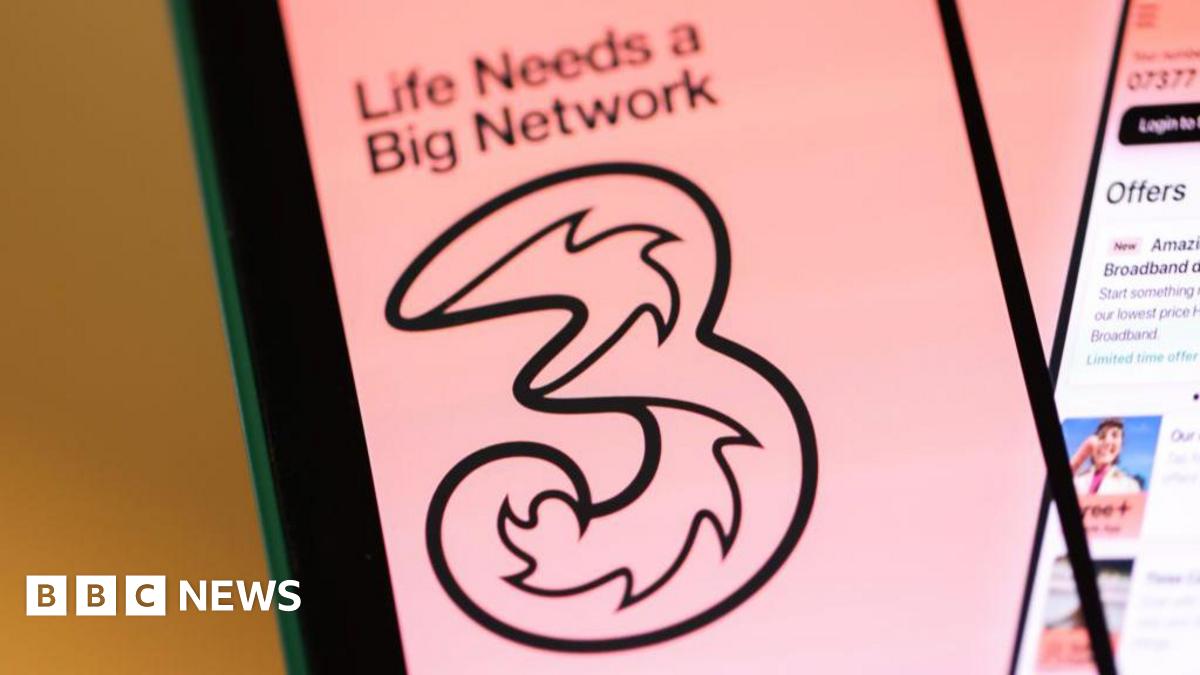The US said it was sending more advanced weapons systems to the Middle East and Israel warned Lebanon to rein in the militant group Hizbollah, reflecting growing concerns that Israel’s war against Hamas in Gaza could escalate into a broader regional conflict.
Lloyd Austin, the US defence secretary, said on Saturday evening that he was sending a Terminal High Altitude Area Defence (THAAD) battery and additional Patriot air defence systems to locations throughout the Middle East after speaking to President Joe Biden about “recent escalations by Iran and its proxy forces across the region”.
Austin said he had put an additional, undisclosed number of troops on “prepare to deploy” orders to bolster regional deterrence efforts after two military bases housing American troops in Iraq were attacked by militants last week. The US has already deployed two aircraft carrier groups and put 2,000 marines on standby for deployment to the region.
On Thursday, the US military said it had intercepted three missiles and several drones in the Red Sea fired by the Iran-backed Houthi militia in Yemen that were probably heading towards Israel.
The additional deployment came amid warnings of a potential regional escalation. Israeli prime minister Benjamin Netanyahu said on Sunday that if Hizbollah entered the fighting it would be making “the mistake of its life”.
“We will strike it with a force it cannot even imagine and the meaning for it and the Lebanese state will be devastating,” he told Israel Defense Forces commandos in northern Israel.
In its bombardment of the Gaza Strip, Israel struck targets in the enclave’s south early on Sunday and warned Palestinians in the north to leave the area as it increased attacks around Gaza City ahead of an expected ground offensive.
Israel has laid siege to Gaza, cutting off power, water and fuel supplies after cross-border attacks by Hamas on October 7 that killed more than 1,400 people in the country, according to Israeli officials. More than 4,700 Palestinians have been killed by Israeli attacks in Gaza since the beginning of the war, Palestinian health officials said on Sunday.
The October attacks by Hamas and Palestinian Islamic Jihad have sparked the region’s biggest war in years and again put the Israeli-Palestinian conflict back in the global spotlight, amid uncertainty over how Gaza’s 2.3mn people might be governed if Israel were to dislodge Hamas.
On Saturday, a small convoy of aid was allowed to enter Gaza for the first time since the start of the fighting. However, the UN’s humanitarian arm warned that the 20 truckloads were just 4 per cent of the amount imported each day before the war “and a fraction of what is needed after 13 days of complete siege”. Another 17 trucks entered on Sunday, according to the World Food Programme.
Aid workers said they were starting to see cases of diseases attributable to poor sanitary conditions and consumption of dirty water, and warned that these were expected to increase unless water and sanitation facilities were provided and fuel or electricity resumed functioning.
On Sunday, the UN Palestinian relief agency UNWRA said fuel, which was not delivered in the first humanitarian convoy, was running out, and without it aid would not reach civilians “in desperate need”.
Israeli officials have made it clear in recent days that a ground offensive into Gaza is imminent, in remarks intended to prepare troops and the Israeli public for what most expect to be a long military operation to dislodge Hamas from power in the strip.
They have renewed warnings to people in Gaza to move to the south. Rear Admiral Daniel Hagari, chief Israeli military spokesman, said on Sunday that south of the Wadi Gaza area the Israeli military was creating “conditions” to facilitate the relocation of evacuees from the north.
The Israeli military estimated that about 700,000 Gazans had relocated to the enclave’s south since the start of the war, but the UN said that nearly 1mn had been uprooted across Gaza since October 7.
Complicating a potential Israeli ground offensive, Palestinian gunmen abducted about 212 hostages into the densely populated territory. Two were freed after Qatari mediation on Friday.
“Gaza is densely populated. The enemy is preparing a lot of things there,” Herzi Halevi, Israel’s military chief of staff, told troops on Saturday evening. “But we are also preparing for them.”
The war has inflamed regional tensions, including with Hizbollah, one of the Middle East’s best-trained and equipped militant groups, which Israel fought in 2006. Hizbollah, Iran’s most powerful proxy in the region, has political and military wings and is deeply embedded in Lebanese society.
On Saturday, Naim Qassem, Hizbollah’s second-in-command, said the militant group was “in the heart of the battle” and vowed that Israel would pay a high price for a ground offensive in Gaza.
His comments came amid escalating artillery exchanges across Lebanon’s volatile southern border with Israel. The group said six of its fighters were killed on Saturday, the highest number in a single day since the start of hostilities two weeks ago, bringing the total number to 19.
“We are trying to weaken the Israeli enemy and let them know that we are ready,” Qassem said.
Lebanon’s caretaker prime minister Najib Mikati said on Sunday that he would “not hesitate to make every effort to protect Lebanon”.
Israel’s military has sent more troops to its northern border area and said it would be ready to fight a war on two fronts if needed. Israel on Sunday called on residents to evacuate 14 more communities in the north.
Israel also launched an aerial strike on a mosque containing what it called a “terror compound” belonging to Hamas and Islamic Jihad in Jenin in the occupied West Bank, Israel’s military and Shin Bet internal security service said on Sunday. Two people were killed, said the Palestinian Red Crescent.
That followed one of Israel’s biggest attacks on the West Bank in years, in which at least 13 Palestinians were killed in the Nur Shams refugee camp last week, including five children.
Additional reporting by Felicia Schwartz in Washington
Credit: Source link











